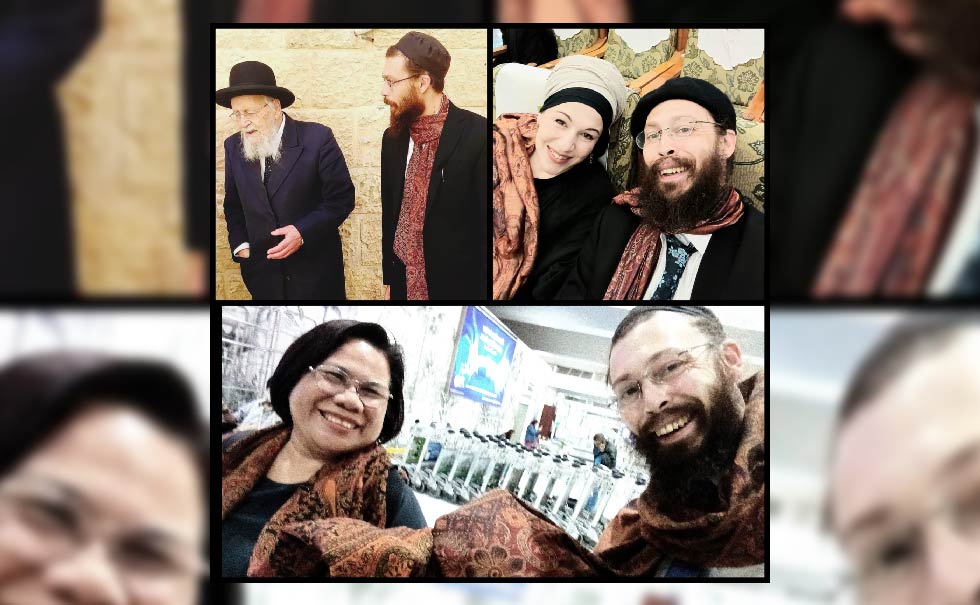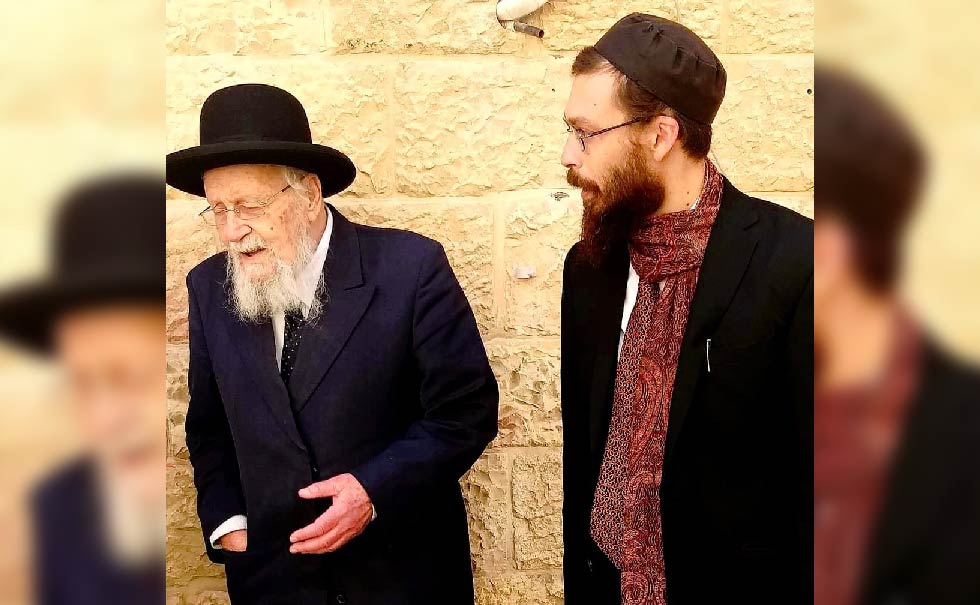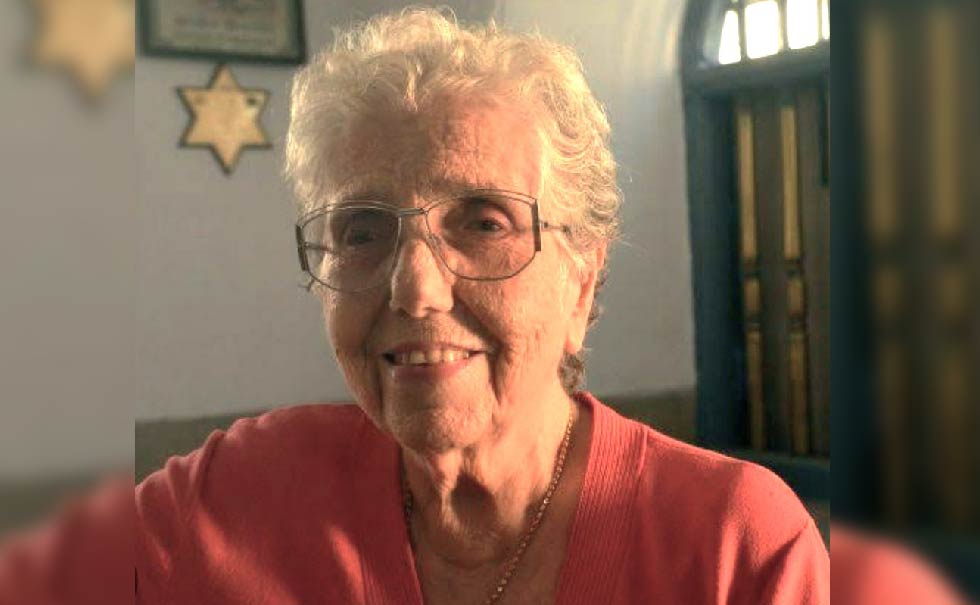A tale of two scarves
A little quirk about me is that I almost always wear a scarf, not only this – but it tends to be the same looking scarf:
When my wife and I were first dating (although this is disputed by my wife who says we were not actually dating at the time!) she gifted me a scarf that she was very attached to:
It was a cheap patterned burgundy scarf that she had bought in Korea whilst touring and performing musically in her 20’s.
At the time I was focused on being a street musician and playing the Shuk Machane Yehudah and learning at the Leshem Yeshiva nearby, and the scarf took on a very deep meaning, and I began to wear it almost daily.
Aside from the garment itself, it marked an interesting time of transition in my life: I was playing less music and suddenly studying more Torah – unlike previously I was not attending an Ashkenazi Synagogue but now essentially only learning and praying at the Leshem: so much so that it made sense for me to move in and live in the Yeshiva there.
Whilst other friends of mine were not particularly enthralled at the scarf, some even suggesting that it was wrong Halachically to wear such a garment without Tzitzit (however this is actually incorrect: see Shulchan Aurech OC:10:10) and others suggesting that such a garment is not normally worn by men today.
Conversely, my Sephardic Chachamim approved tremendously of the scarf and proceed to show images of paintings of the Ben Ish Chai, Baba Sali and other famous Sephardic Rabbis from yesteryear and also current scholars who also openly wore Jellabiya (a loose-fitting, traditional garment from the Nile Valley) and a whole array of head coverings including turbans and headscarves – most prominent in this discussion was Rabbi Ovadiah Yosef who’s large state funeral I had attended on October 7, 2013 when I first rented in central Jerusalem.
Until recently I had never studied his compilated Halachic works and I found immediately that he was concise, clear, and extremely pragmatic – the Halachic lectures I had attended prior to this stage at various Ashkenazi Yeshivot they seemed complex and filled with Pilpul, now things were being presented in a very straightforward manner, this was also the style of learning Talmud, Midrash and other subjects.
It was at this time that I was introduced to a set of books called “Chok L’Yisrael” that became a major part of my morning Seder for several years, suddenly I was completing Tanakh and Mishnaynot regularly – the change of system was profound and my thoughts about Orthodoxy started to change:
For most of my religious life Orthodox Jews around me were dressing in a European style and attempting to emulate the Yeshivot of Lithuania and the other great learning centers of Europe, but now I asked: were these accurate emulations of our Israelite roots? Did this style reflect the ethos, culture, and mindset of older communities? To make matters more intense, Elisheva was interested in being Sephardic and taking on the Halachic rulings of Rabbi Ovadiah Yosef, it felt more and more that I was being draw towards that path:
We married in a Sephardic Synagogue in Cape Town, eventually relocated to Jerusalem were I studied at Midrash Sephardi under the esteemed HaRav Yaakov Peretz, eventually we would run the oldest Synagogue in the Commonwealth, a Sephardic Synagogue called the Paradesi in Cochin, India.
Throughout this journey (so far!) we have lived in over 7 countries and helped run and advise communities and work for the Kashrut industry in many more, and as we travelled my scarf came along with me: at times it was a pillow, a blanket, a backrest for long flights, more often it was a reminder that even though I was often alone and travelling in remote places such as Nepal my wife was with me in a spiritual sense.
All this changed however about 2 years ago, my wife turned to me and lovingly told me that the scarf “have had it”, looking at it objectively it was pretty worn down, parts of it fraying and lots of it stretched and warped over the decade of usage. She attempted to give me several other scarves, but they just were not the same – I began a mission to try and replace it.
At every possible opportunity in India, Sri Lanka, and other locations I stopped at Sari stores and fabric shops armed with a photo of the scarf, countless times I was shown things that were close, but not nearly close enough to the colour and pattern of the original – eventually I settled on a very similar scarf and it, being thick and quite large became my preferred travel companion. Although this was an excellent replacement, I was determined to find something even closer and I did not end my search, I became more enamored with the idea of finding it, like some lost treasure or sacred mission. My wife often reminded me “It’s just a cheap scarf from Korea!”.
Eventually some years later I found a pure silk scarf in India that was essentially identical but at a far superior quality, my heart felt total elation – I told the shopkeeper I wanted it, what proceeded next should have been obvious – he somehow intuitively felt how much I wanted it and proceeded to drive a very hard price with no desire to haggle whatsoever.
I was nonetheless not going to leave without the scarf, we sat and had tea and I related the story about the scarf and my wife and why I wanted it – immediately his manner changed, and he smiled, “its interesting you say that Ji, as I actually have two of these scarves!” he proceeded to disappear into the stock room and through the sound of boxes opening and scratching sounds he searched and searched, and returned triumphantly with the sister scarf, perfectly identical. Now he really had me and I (over)paid for them and was now able to return the gift to my wife after almost a decade.
Last week, I happened to be on a flight from Cagayan De Oro to Manilla, I was in the window seat, reading and in general preparing for take-off – a woman sat down in the row in front of me wearing a near identical version of my travel scarf, in the end I told her the story of my search and she related that hers was also a gift from a family friend and that although it was inexpensive it remained a nostalgic reminder of them.
It was an immediate human connection about something that others might consider trivial, but as they say, “God is in the details”.
Rabbi Jonathan Goldschmidt 2024 ©




